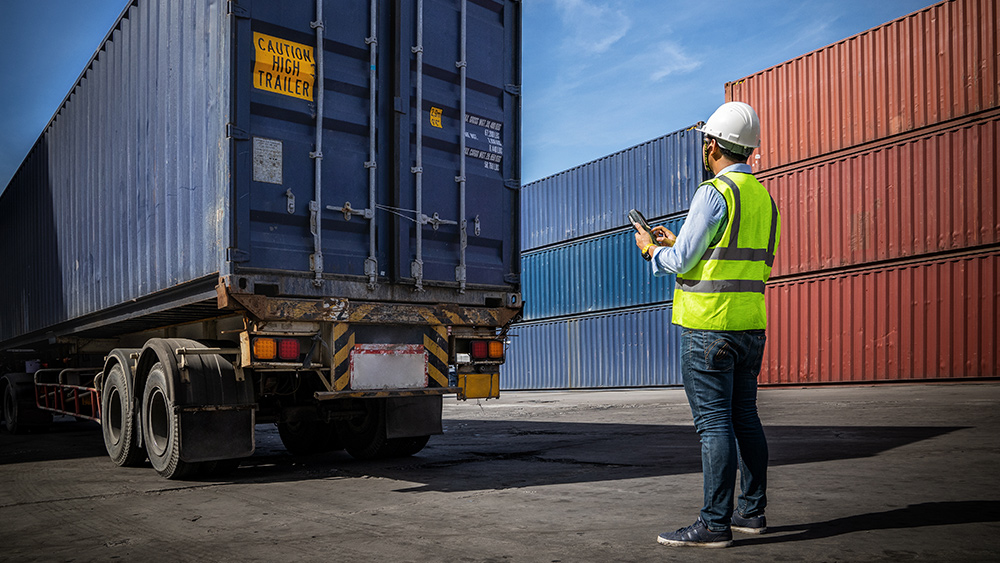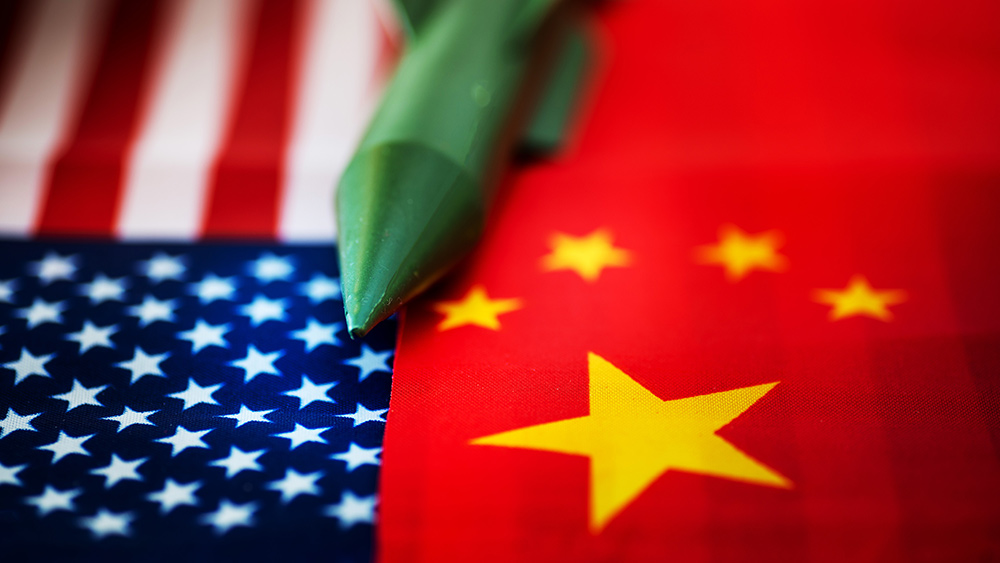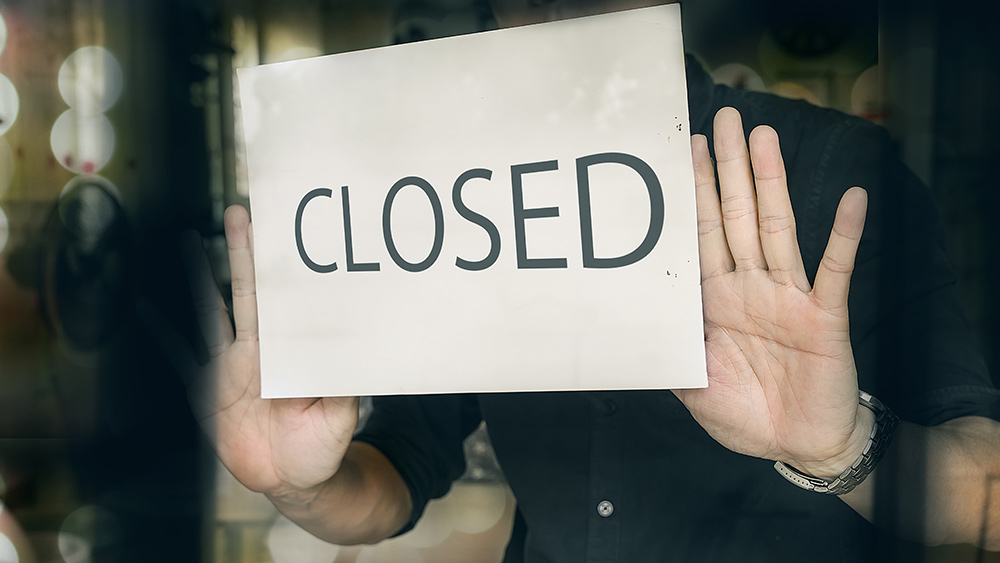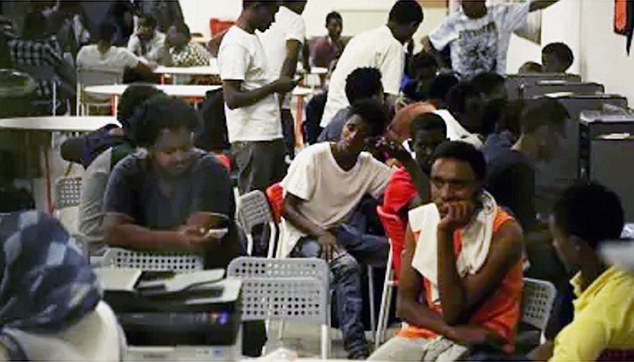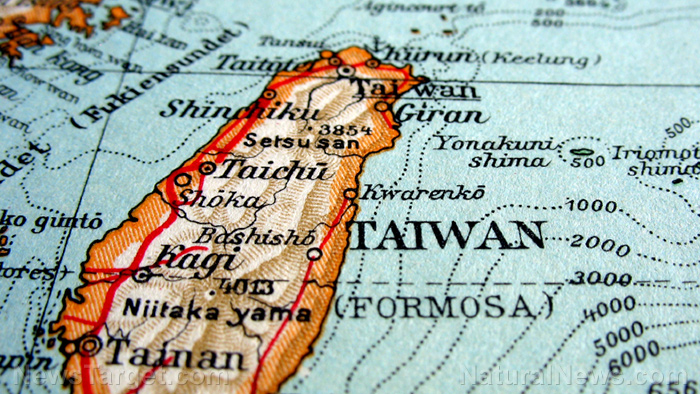Emergency preparedness: How to charge your smartphone during a power outage
04/17/2023 / By Zoey Sky

When preparing for a power outage, you may spend a lot of time stocking up on supplies like food, water and fuel for your backup power or cooking methods.
Before SHTF, make sure you also have backup methods for charging your devices, especially important gadgets like your smartphone. (h/t to ApartmentPrepper.com)
Since 2022, several electrical substations in North Carolina have been vandalized. After each incident, thousands of residents in the area lost power.
This emphasizes the need to have a backup power source like solar energy or a generator so you can power small appliances and charge important devices like your smartphone.
Since electric power is subject to interruptions, whether natural or man-made causes, you should always be prepared to face a short- or long-term power outage. If the phone lines are still working, you will need to keep your smartphone charged so you can call your family members or emergency services when SHTF.
If you are worried about keeping your phone charge during a survival scenario, make sure you have several methods to charge your phone without electricity.
Before SHTF, make sure you keep your cell phone fully charged so you have time to find other ways to charge it when the battery starts to run out.
Charge your devices ahead of time and conserve power
Even if you can charge your phone during a blackout, limit the amount of power you are currently using so the charge can last as long as possible.
Try the tips below to conserve your phone’s power:
- Switch to airplane mode, unless you need to call someone.
- Put your phone in power-saving mode.
- Lower the brightness of the phone’s display setting.
- Turn off all unimportant apps that you are not using.
- If it’s dark, don’t use your phone’s flashlight. Instead, use other light sources like a lantern, candle, or a regular flashlight instead.
- Unless it’s an emergency, don’t use the GPS function. You can also conserve your phone’s battery by having backup paper maps to use during a power outage.
- Turn off all the features you don’t need, like Wi-Fi, GPS and Bluetooth. If you need them, just turn them back on.
- In an emergency, text family or friends instead of calling them. When SHTF, they are also more likely to receive a text instead of a call.
- Avoid extreme heat or cold since extreme temperatures can drain the battery.
- If your phone’s battery is getting really low, turn it off until you need to call or text someone. (Related: Emergency preparedness: How to survive a power outage.)
9 Ways to charge your phone during a power outage
Before disaster strikes, you can use these methods to charge your phone during a power outage.
Hand crank charger
A charger with a backup hand crank power generator is a great option for charging your phone when SHTF.
Look for a charger that is water-resistant and sturdy so you can bring it when you need to bug out or just go camping. Some products may also have three modes of power, like AAA batteries, hand crank and solar.
Light charger
A light charger will provide light when it’s dark, and you can use it to charge your phone when SHTF.
A product like the SunJack Waterproof Lightstick provides a light with three handy brightness settings: Dim, normal and bright. It also has an emergency blinking strobe.
The light is waterproof up to six feet in depth and it has two lanyards so you can hang the Lightstick vertically or horizontally across two hooks.
When connected to the light stick, your phone should be fully charged after several hours.
Portable power banks
If you need your phone for many prepping tasks, you should have a reliable portable power bank.
Make sure you get a power bank that is “high capacity,” fast-charging and light. It should also provide surge protection and temperature control.
Buy a portable power bank that is compatible with your device.
Portable power station
If you need something with more juice, get a portable power station. This option can power several electronics, not just a smartphone.
You will need the right kind of power station to suit your specific charging needs.
When looking for a power station, here are three numbers to remember:
- The storage capacity (in watt-hours)
- The output watts, or the size of appliances you can operate
- The amount of solar that you can input to charge the station
These important numbers will define how much load you can run, and for how long. If you can input a significant amount of solar energy into the portable power station, you can recharge it in a reasonable amount of time.
Selfie stick with power bank
Taking selfies is the last thing you need to do during a power outage, but it’s always good to have a backup for your backups if you need to charge many devices during a power outage.
Some selfie sticks with a power bank may also come with a light.
Solar charger
Solar chargers are a great option for charging small electronics, especially if your area gets a lot of sunlight.
Stove charger
With a stove charger, you can charge your phone using tinder and twigs.
A product like the BioLite CampStove 2 can be used to cook outdoors and charge small devices like a phone at the same time.
BioLite stoves don’t require gas or specific weather like solar chargers to charge your phone. The stove comes with an integrated 2600 mAh battery that charges devices with or without a live fire.
BioLite’s patented core technology captures waste heat from the fire through a heat probe attached to the orange powerpack. This heat is then converted into electricity via a thermoelectric generator.
The CampStove will produce a charge rate as high as 5v of electricity for charging a phone. The output is enough to charge a phone or tablet, but you can also use the stove to charge radio gear or battery power banks.
Simply feed the stove small sticks and twigs for an almost endless source of power.
Use your car
If you are desperate, you can use a USB 12-volt adapter to charge your phone through your car’s cigarette lighter slot.
Before turning on your car, make sure you are in a well-ventilated area. Don’t use your car for charging if it is parked in an enclosed garage to avoid carbon monoxide fumes.
Use your laptop
During a long-term power outage, you won’t be able to use your laptop to go on the internet or for making video calls. If your laptop is fully charged, plug your phone into the USB port and charge it.
Before SHTF, having several backup methods to charge your phone without electricity means your phone will not run out of power when you need to make emergency calls.
Visit Preparedness.news for more tips on how to get ready for a long-term power outage.
Watch the video below for the pros and cons of solar power and a generator.
This video is from the Solar Surge channel on Brighteon.com.
More related stories:
14 Alternative ways to stay warm without electricity.
The prepper’s guide to surviving a power outage.
10 Ugly truths about long-term power outages and how to deal with them.
Sources include:
Submit a correction >>
Tagged Under:
chaos, disaster, electricity, emergency, grid down, homesteading, how-to, off grid, panic, phones, power, power grid, Power Outage, preparedness, prepper, prepping, prepping tips, SHTF, smartphones, survival, survival skills, Survival Tips
This article may contain statements that reflect the opinion of the author
RECENT NEWS & ARTICLES
COPYRIGHT © 2017 CHAOS NEWS

